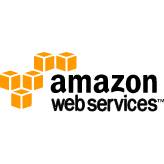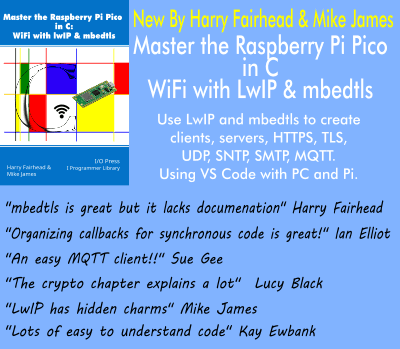| Amazon Releases AWS Command Line Interface |
| Written by Kay Ewbank | |||
| Friday, 28 December 2012 | |||
|
Amazon has released a developer preview of a new tool that you can use to manage AWS services and automate them through scripts.
The new tool will mean you get a single way to automate services. The initial release supports 12 services, including Amazon EC2, Auto Scaling, Elastic Load Balancing, Amazon SQS, and Amazon SNS, and Amazon says support will be added for others. The release announcement about the developer preview asks for feedback on the new tool, including suggestions on which other services should be supported. The introductory documentation includes examples of using the Command Line Interface to launch and control EC2, Identity and Access Management, and Amazon SQS and Amazon SNS. For example, you would create an SQS queue using:
Before you can start using the AWS Command Line Interface, you need to sign up for an AWS account (if you don't already have one) and set up your environment. Step-by-step instructions covering the preliminaries and downloading the preview are provided in Getting Set Up with the AWS Command Line Interface.
More InformationAWS Command Line Interface release announcement Getting Set Up with the AWS Command Line Interface Related ArticlesAWS Adds Features, Cuts Prices
To be informed about new articles on I Programmer, install the I Programmer Toolbar, subscribe to the RSS feed, follow us on, Twitter, Facebook, Google+ or Linkedin, or sign up for our weekly newsletter.
Comments
or email your comment to: comments@i-programmer.info
|
|||
| Last Updated ( Friday, 28 December 2012 ) |


